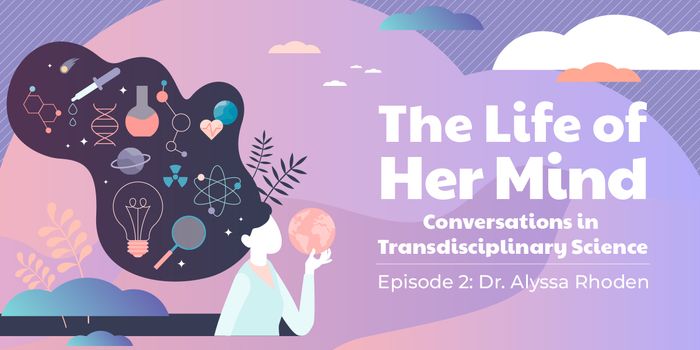Smallpox once claimed nearly 400,000 lives every year during the 18th century. It continued to plague us well into the 20th century, with death tolls reaching between 300 to 500 million. Today, smallpox is considered to have been eradicated. And this unprecedented shift in survival is singularly attributed to the development of vaccines.
The history of vaccines is unglamorous and even outlandish. In the 1790s, Edward Jenner, observed that milkmaids rarely ever caught smallpox. Instead, these women contracted cowpox, which was a milder form of the disease that was not nearly as deadly. Jenner hypothesized that pathogens in the cowpox provided protection against smallpox. This was the beginning of the first smallpox vaccine.
Jenner tested his hypothesis by exposing an 8-year-old boy to cowpox pus he collected straight from the animal's blister. Although the boy developed a blister from the infection, he recovered and was subsequently immune when Jenner later exposed him to actual smallpox.








